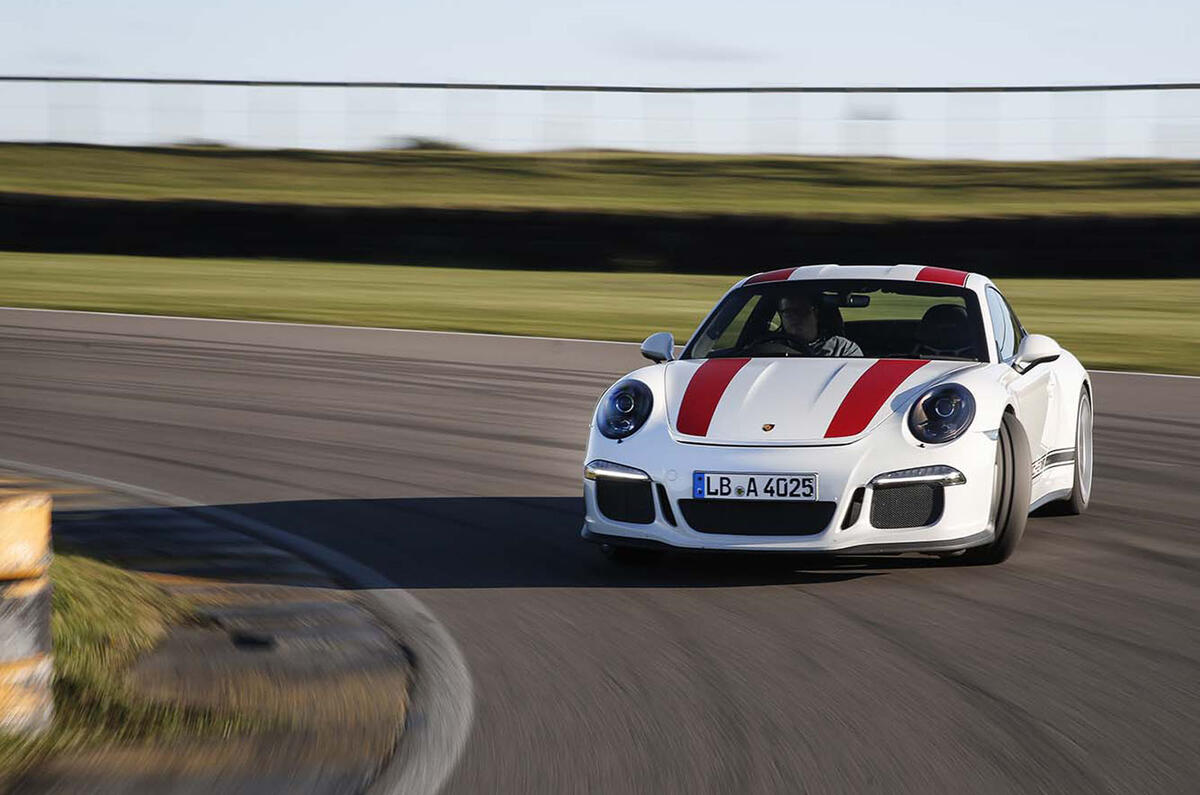There are other things that matter greatly in a car from time to time, but the one thing that matters all the time is the steering.
Who said that? No, not me, it was the late LJK Setright, one of the most revered and almost certainly (sorry, m’colleagues) the greatest of all motoring writers. Known for his elegant prose, enormous technical knowledge and often controversial (but always well-reasoned) opinions, he was a contributor to a huge assortment of car and motorcycle magazines worldwide, including Autocar, and the author of some peerless books on motoring and aviation matters.
Great was his enthusiasm for four-wheel active steering, especially the systems introduced by Honda into its Prelude models. That low-slung coupe was, he reckoned, a decent enough thing when steered by the front wheels alone, but when thus equipped with all four wheels and tyres doing the work it became, by a considerable margin, the nicest car to drive he’d ever driven.
It won plaudits from many others, too. Road and Track magazine found the original 1988 2.0-litre Prelude, with mechanically active four-wheel steering, to be faster through a timed slalom than the then-current supercars. The Preludes that followed from 1992 onwards featured electrical operation for the rear wheels, for even quicker responses.
At the time, all other manufacturers publicly pooh-poohed the idea, doubtless unable to see any great commercial gain, and eventually Honda stopped selling the Prelude in 2001. Back then it seemed rather a shame. I had a 4WS Prelude, too, and, by the standards of the times, it really was a nimble gripster.
So what’s so great about the idea? It’s not new, after all: there were cars with it in the 1920s, even if it actually took until the 1980s before Mazda, Mitsubishi, Nissan and Honda all launched their own production systems.
With active four-wheel steering, all four tyres respond immediately to steering inputs. The rear wheels steer in the opposite direction to the fronts at low speeds, reducing the turning circle and increasing the steering response. At higher speeds the rear wheels turn in the same direction as the front ones, which improves stability. What it does is to give even the lardiest of saloons the potential to jink to the wheel’s commands as smartly as a dinky Mazda MX-5.
Back when the Prelude was around, drivers often had to put up with a steering ratio that gave in excess of 3 turns of the wheel from lock to lock, often combined with a large turning circle, too, if the steering (often unassisted) were not to be too heavy. Power assisted steering helped, of course, and sportier models from the likes of Alfa Romeo and Ford often reduced the turns needed to a sprightly 2, but were usually compromised by an even larger turning circle. Four-wheel steering reduced the turning circle considerably and yet still allowed for all the advantages of quicker gearing.
Perhaps it’s not so surprising, then, that over the last few years there’s been a reawakening of interest, and we’ve seen a rash of new cars with similar technology. Underneath the persuasive bodywork of the agile Porsche 911R, the winner of our Best Driver’s car accolade last year, is an electronic rear-axle system, which is a slightly different way of achieving more or less the same results.




Join the debate
Add your comment
Honda were not the only one to have it in the 90s
Four wheel steering has never gone away
eh?